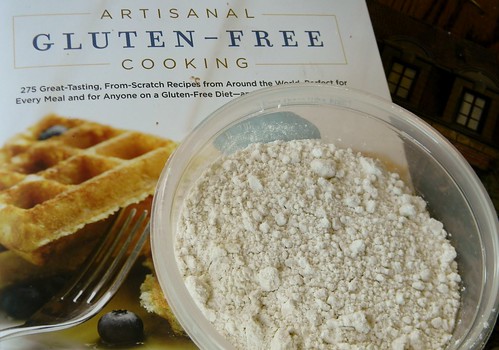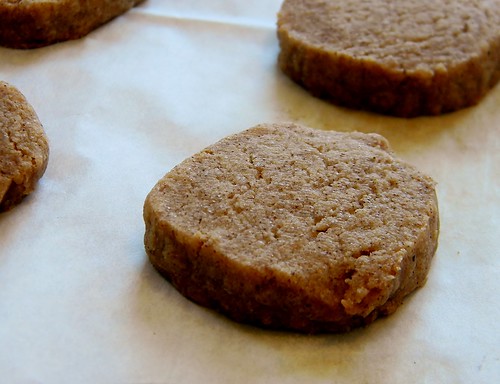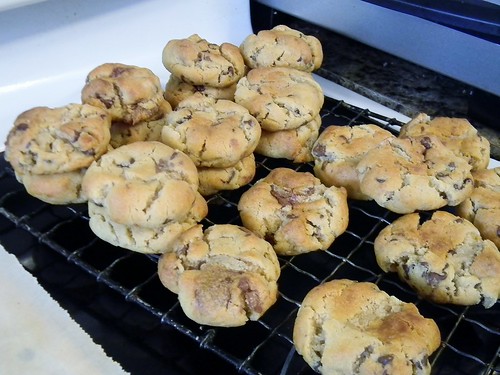Author: Matt Pellegrini
Publisher: Skyhorse Publishing (2012)
 We are a culture built on bread. With the exception of a
few Asian countries where rice is the basic staff of life, every nation in the
world has their own creation of ground grain, water and (occasionally) yeast. Well
made bread is becoming a luxury in these times of cheap, mass produced loaves –
which while conveniently baked, pre sliced and wrapped for the eager sandwich
maker, have the taste and texture of an old sponge. Making your own is simple
in its most basal sense, but there are myriads of ways to recapture the ancient
essence of the craft. Matt Pellegrini attempts to do just that in his book The
Art of Baking Bread.
We are a culture built on bread. With the exception of a
few Asian countries where rice is the basic staff of life, every nation in the
world has their own creation of ground grain, water and (occasionally) yeast. Well
made bread is becoming a luxury in these times of cheap, mass produced loaves –
which while conveniently baked, pre sliced and wrapped for the eager sandwich
maker, have the taste and texture of an old sponge. Making your own is simple
in its most basal sense, but there are myriads of ways to recapture the ancient
essence of the craft. Matt Pellegrini attempts to do just that in his book The
Art of Baking Bread.
This book is definitely one for all bread bakers,
regardless of experience. The first 35 pages are dedicated to ingredients and
tools essential for proper bread baking at home, and these are followed by
Pellegrini’s Eight Essential Steps of
Bread Baking (p. 38) – a visual, baby-step like guide through the basics. Those
new to the world of baking bread will find the full colour photographs in the
tutorial invaluable. For experienced bakers, this will be old hat, though some
of the more “professional” notes as to dough temperature and hydration are more
geared towards die-hards or those with pastry school certificates. I was
fascinated by the scientific knowledge included in Baking Bread, not so
much for bettering my own loaves (though I'm sure it would come in handy) as for the
sheer trivia of it all.
Some of the information in Baking Bread seems to
be put there purely for the benefit of blossoming bread artisans or pastry
students. While I appreciate that there are two “standard” ways to knead dough
by hand (stand mixer kneading is left out) and there are as many bread shapes
as bakers, the bulk of home cooks are not concerned with calculating dough
temperature or hydration more than what the recipe states it should look or
feel like. Nor do I know anyone who is about to MacGyver a lame or a proofing
box just to churn out a loaf or so a week for sandwiches. But that’s not
Pellegrini’s point. Showing how to create the best bread possible is, and
bakers will undoubtedly modify and develop under their own circumstances.
This book does have the honour of finally teaching me
about the Baker’s Percentage (p. 166),
which as a math-hater I failed to comprehend when I saw it in other books or
online. Pellegrini is correct in his statement that “the baker’s percentage is
much easier to understand one you’ve looked through...the recipes covered” (p. 166). If I took away nothing else
from this book, I mentally cemented his thorough, simple lesson and have since
been able to apply it to my own loaves.
Pellegrini is passionate about technique and theory, and
it shows in spades with Baking Bread. However, the book is not all “talk”.
A small section contains simple, yet indespensible, recipes for a variety of
dough “types” including basic lean, pre-fermented, enriched and sourdough. With
these four basic recipes under your belt as a breadsmith it becomes merely a
matter of adding and subtracting ingredients to create almost any flavourful
loaf in the world.
Pellegrini’s tone can, at times, be condescending (he
goes so far as to call non-converts of kitchen scales “fools”), he does manage
to pass along a wealth of knowledge in a book half the size of its competitors.
The trivia, techniques, patient coaxing and occasional criticism are nothing
short of the treatment a college professor may bestow on a new undergraduate
class, and the aim is identical – to bring out the best and forget the rest. If
you are passionate about the world of flavourful, wholesome bread and are
looking to bring the experience to the home oven, The Art of Baking Bread
may just be your required reading.
Available on Amazon
Available on Amazon



